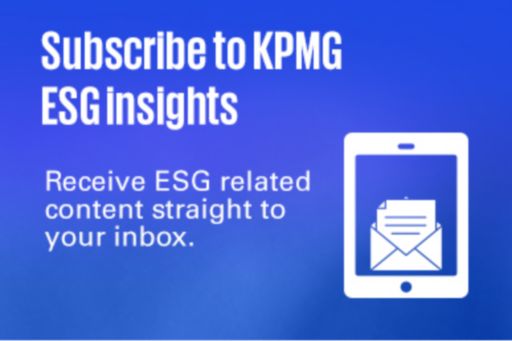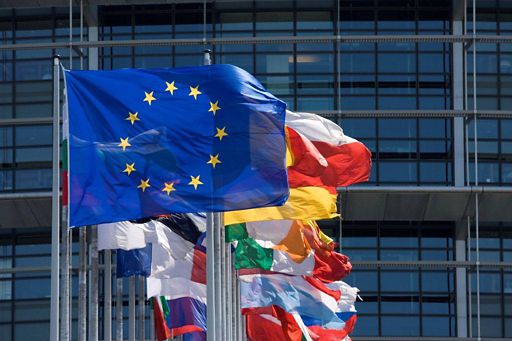As a driver of the global environmental agenda and a frontrunner in climate protection, Europe intends to become the world’s first climate-neutral continent by 2050. To achieve this target, a set of legislative packages were submitted to the Council of the European Union (EU) under the “Fit for 55” banner in July 2021, which is embedded in the EU Green Deal and designed to align current EU laws with the EU’s climate ambitions. The package of proposals focuses on strengthening the current EU emission trading system (ETS) through a faster reduction of allowances and a phase-out of free allowances; extending the ETS to additional sectors (maritime transportation and the creation of a new regime for buildings and road transportation); increasing the use of renewable energy; achieving higher energy efficiency and preventing carbon leakage through the introduction of a Carbon Border Adjustment Mechanism (CBAM).
Principles of the ETS and CBAM
The world’s first carbon market, the EU ETS, was established in 2005 and is a cap-and-trade system that sets an annual cap on the amount of greenhouse gases (GHGs) that companies in covered sectors may emit. Companies either receive emission allowances for free or buy within the cap, and unused allowances can be sold or used the following year. The cap is gradually reduced over time to ensure emission reductions.
The CBAM, which is a supplementary measure to the EU ETS, operates by imposing a charge on the embedded carbon of certain imports, which is equal to the charge imposed on domestic goods under the ETS, with adjustments being made to this charge to consider any mandatory carbon prices in the exporting country. This is designed to prevent carbon leakage, which would occur if consumers switched from buying EU-produced goods to purchasing substitutes from non-EU countries where a lower (or no) carbon price is levied or if firms shifted production activities from the EU producers to such countries. The CBAM replaces the free ETS allowances currently granted to EU producers assessed to be at high risk of carbon leakage.
Latest developments
The European Commission presented its proposal for a regulation establishing a CBAM on 14 July 2021; the general approach of this proposal was approved by the Council of the EU on 15 March 2022. Members of the European Parliament (MEPs) have, however, requested a more aggressive approach to the one that is currently contained in the European Commission proposal to accelerate EU climate change actions, which may be summarised as follows:
| Topic | Current proposals | Requested amendments |
| Broadening the scope of CBAM: Covered products | Cement, iron and steel, aluminum, fertilizer, electricity | Include polymers (the entire Chapter 39), organic chemicals (Chapter 28), hydrogen, ammonia |
| Broadening the scope of CBAM: Emissions | Direct emissions only (European Commission to evaluate, at the end of the transition period, whether the CBAM scope should be extended to include indirect emissions) | Include indirect emissions (i.e., emissions arising from electricity used by manufacturers) |
| Centralized EU CBAM authority | 27 competent authorities | One centralized EU CBAM authority (more efficient, transparent and cost-effective; combats forum shopping from importers) |
| CBAM transitional period (also linked to EU ETS) | Phased introduction of CBAM starting as of 2023:
|
Fully phased in for all sectors of the EU ETS by 2030 (i.e., free allowances phased out from 2026 and disappear by 2030) |
| Removal period of EU ETS free allowances (linked to CBAM) | Gradually phase out free allowances for sectors covered by the CBAM over ten years (10 percentage points every year from 2026 to 2035) |
Free allowances to be phased out from 2026 and disappear by 2030 |
| EU ETS: Introduction of incentivisation | N/A | A bonus-malus system (i.e., a reward/penalty system designed to reinforce best practice) to be introduced from 2025:
|
Next steps
Voting by the full European Parliament is scheduled to take place between 6-9 June, after which the European Parliament will be ready to start negotiations with member states.
Broadening the scope of CBAM and accelerating the removal of free allowances will, therefore (and obviously), have a more significant impact on both EU and non-EU businesses across the value chain. Although it is uncertain whether these proposed changes will make it to the final legislative package, the package will significantly impact companies – particularly those in the carbon-intensive industries.
As an immediate step, clients should first assess whether the proposed CBAM regulations impact them and, if so, start preparing for the reporting obligations that will be put in place next year. We also encourage companies to begin assessing the carbon footprint of their value chains in preparation for the significant changes that we are seeing as global climate actions continue to intensify.
Connect with us
Related content
The email address you've entered is already tied to an existing account. Please enter your password to log in.
KPMG thought leadership is always available to our registered users
You’ve successfully logged in.
Please close this pop-up to return to the page.
Please provide the following information to register.



















